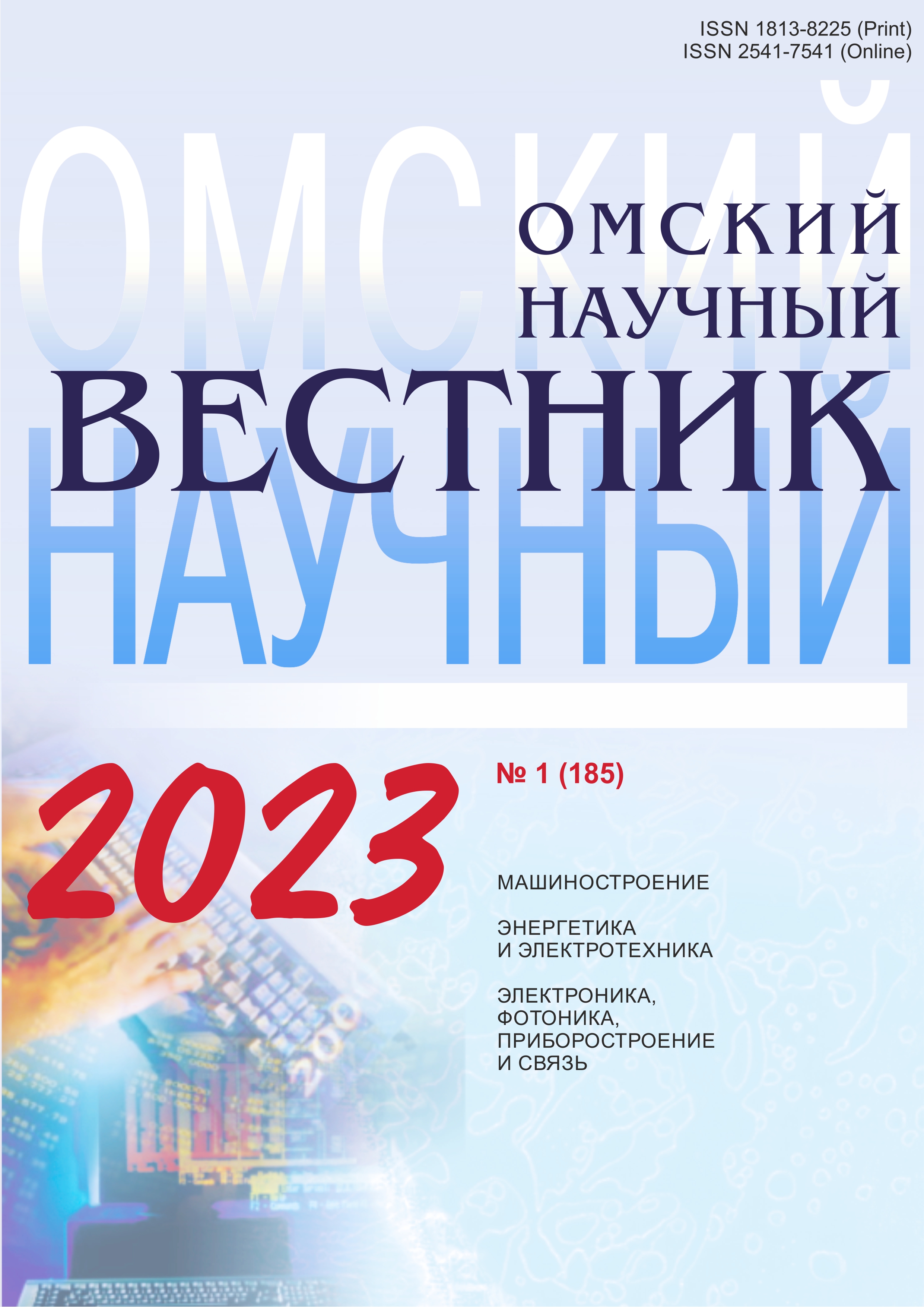Improving the accuracy of processing deep holes by Electrical Discharge Machining with a rotating tubular electrode
DOI:
https://doi.org/10.25206/1813-8225-2023-185-5-9Keywords:
EDM, precision hole processing, debris, super drill, deep hole processing, tubular electrode-tool, debris conglomeratesAbstract
The article considers the factors affecting the accuracy of
Electrical Discharge Machining. The process of formation
of conglomerates resulting from processing is mainly
investigated. Based on the literature analysis, the theoretical
and real scheme of Electrical Discharge Machining is
compared. As a result of the experiments carried out, it is
revealed that in the process of deep holes, the electrode
deviates from its axis due to the destabilization of the tool
due to the non–rigidity of the electrode and the sticking
of debris formed in the processing zone. The deviation of
the electrode from the axis of rotation leads to uneven
pressure from the liquid washing out the debris, which
leads to uneven wear on the side of the electrode. During
the study, samples of electroerosive debris are collected
and studied. A direct relationship between the processing
depth and the deviation value is revealed: the greater the
processing depth, the greater the deviation value, which
leads to distortion of the shape of the hole section and
the formation of a cone instead of a cylinder. To improve
the accuracy of processing deep holes, it is necessary to
minimize the deviation of the electrode from the axis of
rotation and protect the side surface of the electrode from
the effects of current.
Downloads
Published
How to Cite
Issue
Section
License
Non-exclusive rights to the article are transferred to the journal in full accordance with the Creative Commons License BY-NC-SA 4.0 «Attribution-NonCommercial-ShareAlike 4.0 Worldwide License (CC BY-NC-SA 4.0»)




